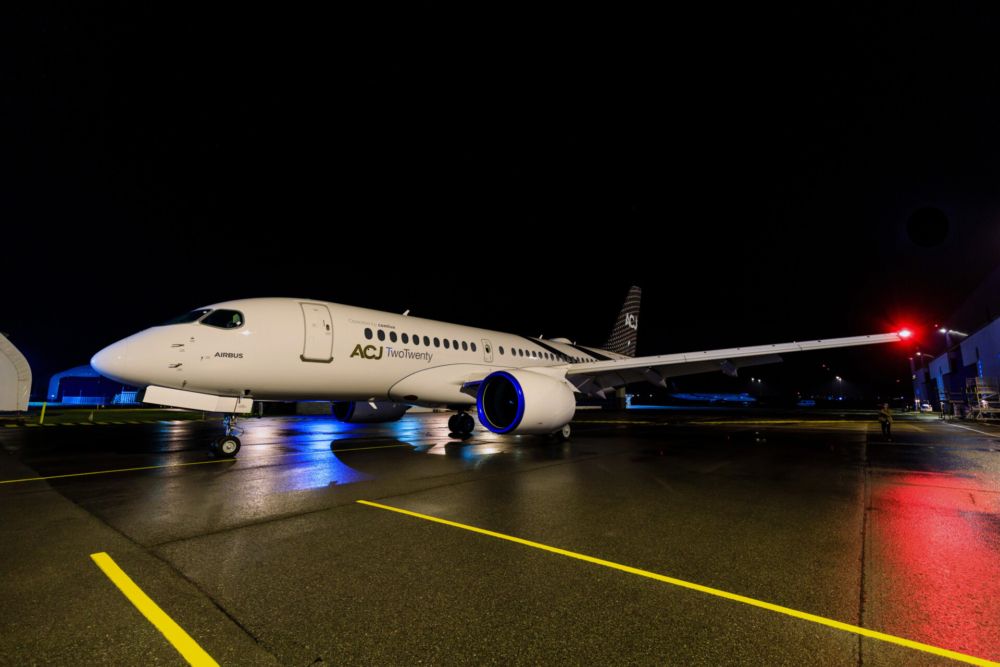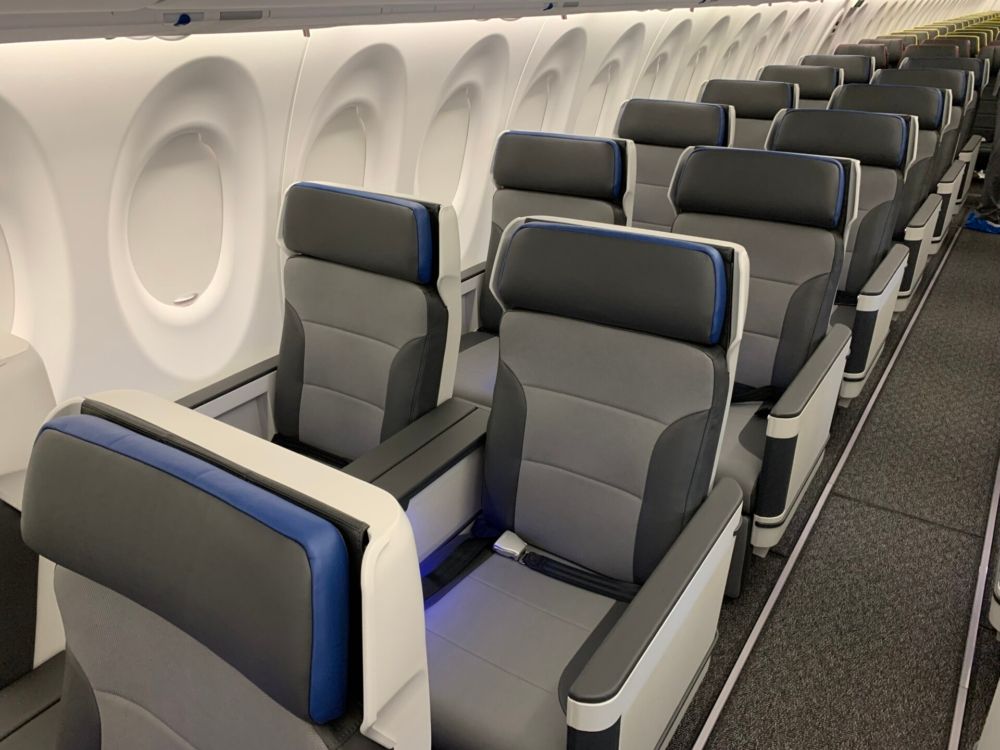Breeze Airways may have started life as an Embraer operator, but it’s just waiting for its real fleet to begin building up. The airline is set to operate the world’s largest fleet of A220-300s, and is eyeing a range increase to open up even more city pair opportunities. David Neeleman, the airline’s CEO, explained why this is the perfect aircraft, and why he’s not interested in the A321XLR.
No need for the XLR
Breeze Airways is set to be the world’s biggest operator of the Airbus A220-300, with firm commitments in place for 80 of the larger variant. That puts the airline 10 planes ahead of the next biggest committer, fellow Neeleman-founded airline JetBlue. Delta will still pip Breeze to be the largest overall operator, as its combined orders for the -300 and the -100 total 95 aircraft at present.
Although Breeze only took delivery of its first A220 last month, and won't start flying the type until the spring of next year, CEO David Neeleman is already thinking about its future potential. Speaking to Simple Flying as part of our Future Flying Forum, he noted that he is in talks with Airbus to install auxiliary fuel tanks on future A220s for Breeze, to give it some additional range.
Airbus is already developing aux tanks for the ACJ TwoTwenty, a private jet based on the A220-100. Neeleman doesn’t think it would be too much of a stretch to have that technology certified for the -300, boosting the range from its present 3,400 NM to a continent-hopping 4,000 NM.
He also noted that Breeze wouldn’t consider the A220-100, as the seating capacity would be too small. If range and capacity are the goals of Breeze, perhaps the airline would consider the A321XLR for its future fleet needs? However, Neeleman doesn’t think that’s the way the airline will go, stating,
“I think 4,000 miles for us is good. I think we'll leave the other airlines to operate that plane, and we'll operate our little fleet.”
More than enough opportunity already
At 4,000 miles, Breeze could start linking its established secondary cities in the US with various European and Central American destinations. Sticking to his playbook of finding unserved and underserved connections, Breeze would monopolize these routes, providing convenient direct connections to residents on both sides of the route.
The caveat here is that the demand for such routes will almost certainly be lower than some of the more established routes to major cities. But the A220-300 is the perfect size for that, and, Neeleman says, it’s also more economical too. He noted,
“I would suspect that our trip costs are probably 25 to 30%, lower on the A220 than the A321XLR. And you know that opens up an exponential number of routes.”
Neeleman has done a great job of identifying and launching services on otherwise unserved routes. With low trip costs, the planes don’t need to be bursting at the seams for the service to be profitable. That’s something he intends to exploit with a premium-heavy configuration on the A220 for longer-haul routes.
With the fleet makeup the way it is, and the A220s set to continue delivering for many years to come, it’s going to be a long, long time before Breeze runs out of opportunities. For Neeleman, this is further confirmation that a larger plane with longer legs like the XLR is just not necessary. He said,
“We have more than we can fly to. We don't need to get involved in what everyone else is doing.”



